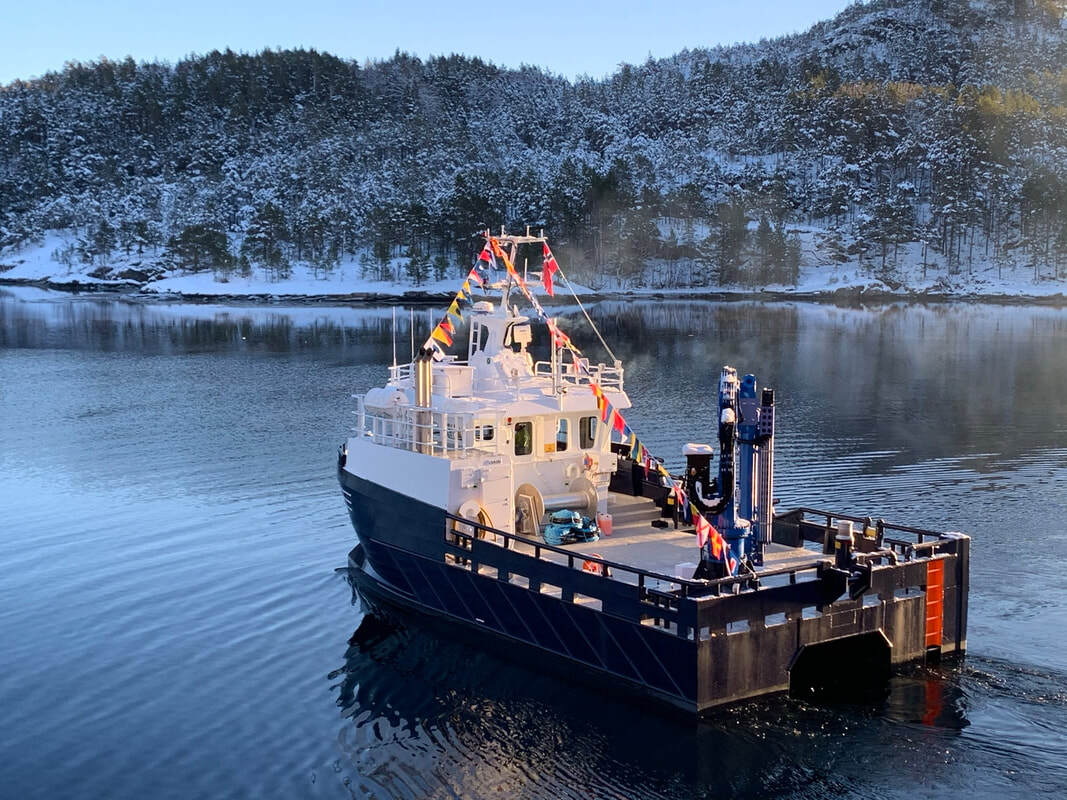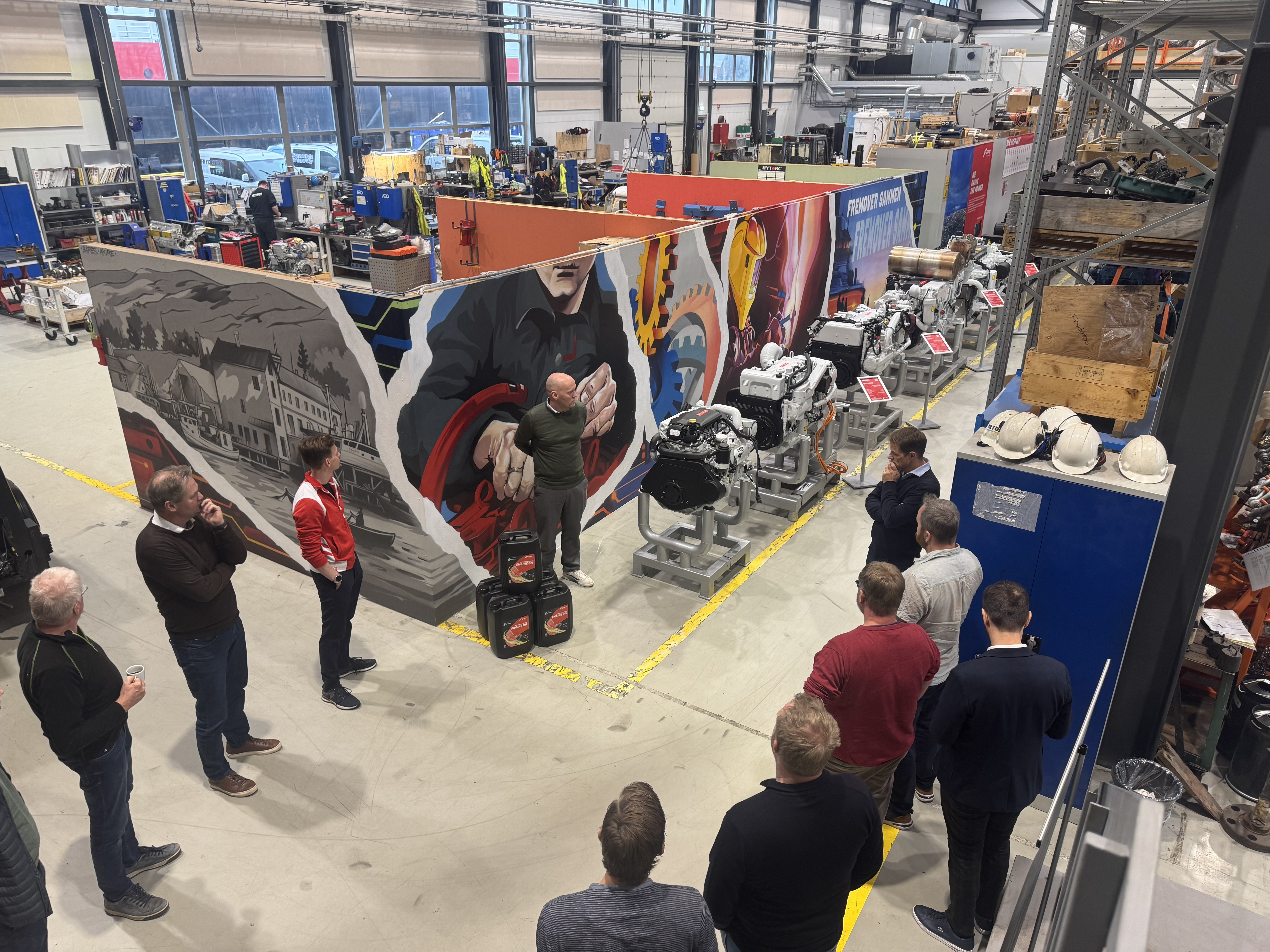From March 1, 2026, the Norwegian Emission Control Area (ECA) for NOx and SOx will be extended to include the Norwegian Sea north of the 62nd parallel. This means that the entire Norwegian coastline will become one continuous emission control area – an important step toward reducing emissions and building a more sustainable maritime sector.
Today, the Norwegian waters in the North Sea south of the 62nd parallel are already designated as an ECA. With the inclusion of the Norwegian Sea, the entire Norwegian coast will now be subject to unified requirements for nitrogen oxides (NOx) and sulfur oxides (SOx). This reflects a clear global trend – during MEPC 81, Canada’s proposal to establish an ECA in its Arctic waters was also approved.

Source: Sjøfartsdirektoratet
Key dates you need to know
-
March 1, 2026: The new regulations enter into force.
-
March 1, 2027: The requirement to use fuel with a maximum sulfur content of 0.10% will be enforced.
Which vessels are affected by the new NOx requirements?
For the new NOx ECA in the Norwegian Sea, the regulations will apply to all ships with diesel engines larger than 130 kW that:
-
have a building contract signed on or after March 1, 2026, or
-
in the absence of a building contract, have their keel laid on or after September 1, 2026, or
-
have a delivery date on or after March 1, 2030.
What shipowners and operators need to do
To ensure your vessels comply with the new requirements, planning should begin now. Here’s a practical checklist:
Steps to meet the requirements:
1. Assess your current status
-
Review your installed engines and systems.
-
Check if they already meet IMO Tier III NOx standards.
-
Consider retrofitting a Selective Catalytic Reduction (SCR) system for NOx reduction or replacing engines to meet Tier III.
-
Review potential adjustments to exhaust, fuel, and monitoring systems.
Plan necessary upgrades
2. Document and certify
- Ensure all required documentation and certificates for both NOx Tier III compliance and low-sulfur fuel use are in place.
3. Work with a trusted technical partner
- Involve an experienced supplier early to ensure the right solution and smooth implementation.
Frydenbø – Ready for the Future
At Frydenbø, we are already prepared. We deliver solutions for FPT Industrial engines that comply with upcoming NOx and SOx requirements. Our systems ensure your vessels operate efficiently and reliably within ECAs – without compromising performance, safety, or economy.
We support newbuilds, retrofits, and upgrades so you can stay compliant ahead of the deadlines.

Picture: Our smalles NOx ATS system adapted to FPT Industrial (IVECO) engine.



.jpg)
.jpg)